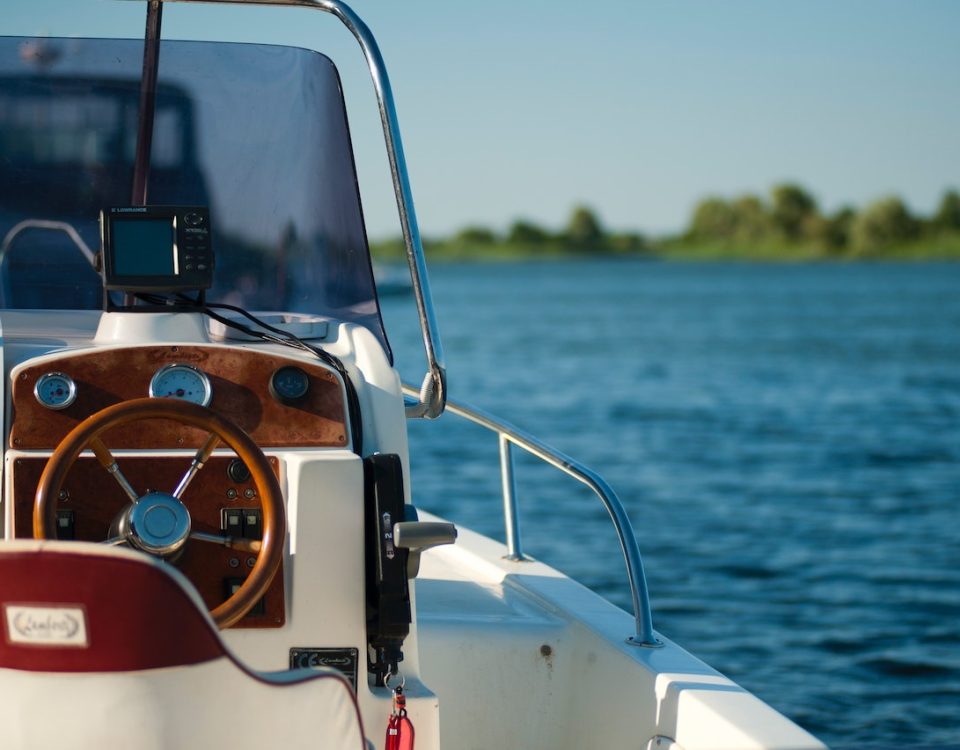
Understanding Ontario’s Graduated Driver’s Licencing System 100%
March 15, 2023
What Is the Maximum Age Limit for a Truck Driver in Canada?
March 28, 2023Your Helpful Guide to Obtaining a Boating Licence in Canada

Boating is a fun and rewarding experience for those who want to spend their holidays outdoors and on the water. It helps you stay active and explore nature’s beauty. This recreational activity can also help you meet new people and destress from your regular schedules.
However, you must also get a boating licence to operate a powered watercraft. The Canadian government mandated this to ensure the citizen’s safety and minimize the associated risks of accidental pollution. It can also help you become more confident in your abilities.
If you want a great time on the waters, this article will explain some crucial documents to get a boating licence. We’ll also provide a few reminders.
A Pleasure Craft Operator Card
The rules for using a boat have changed since 1999. Today, all boaters must show they can safely operate a vessel by taking a boating safety course or earning a boating safety certificate. This requirement has always been instrumental in minimizing water-related injuries and deaths, helping to keep waterways safer.
Proof of Competency
If you want to take a motor-powered boat on Canadian waters, you must show proof that you understand the basics of safe boating and how to handle emergencies, such as by presenting a boater’s licence.
This rule applies to all water vehicles, regardless of what motor you use, whether it’s an electric trolling motor. The government has also mandated it, even if you’ll be operating a motorless boat or when sailing.
Essential Documents for Proof of Competency
Evidence of competency may include the following:
- A Pleasure Craft Operator Card (PCOC).
- A Canadian boating safety course certificate.
- A professional marine certificate.
You can also present that you can use a boat safely by providing a completed Rental Boat Safety Checklist or an operator card from a visitor’s home state or country.
When Will They Not Require the Proof of Competency?
Officials won’t require proof of competency if you operate boats in Nunavut or the Northwest Territories. They also won’t ask for this essential document from visitors who bring in a boat for less than 45 days.
How to Get a Pleasure Craft Operator Card
If you don’t have the required documents to operate a boat, you must obtain a PCOC by accomplishing a boating safety test. You can take this test at the end of a boating safety course, which is something that Transport Canada-accredited course providers will offer.
There’s also a list of accredited course providers available online, and fees for the courses, tests, and boating licences can vary from different providers. Moreover, remember that the Canadian government doesn’t receive money for these boating safety courses, tests, or cards.
What Can You Learn from a Boating Safety Course?
You can pass the boating safety test and get your boating licence by taking a course from a certified school or instructor. You can find these lessons online or in person, where both offer an in-depth understanding of the topics.
Boating safety courses teach aspiring boat operators their responsibilities and how to prepare before leaving the dock that all safety equipment must be on board and functioning well. These lessons will also discuss how to prevent unsafe situations, how to share waterways safely, and what to do during an emergency.
What Are the Horsepower Restrictions for the Youth?
Operators under 16 in Canada must carry proof of competency and may not operate a personal watercraft (PWC). You should also know that those under 12 can only use motors up to ten horsepower (hp)/7.5 kilowatts (kW), and those aged 12 to 15 can use vessels up to 40hp/30kW.
Conclusion
Boating lets you enjoy the outdoors and meet fellow boaters. You can stay safe and avoid legal trouble by passing the required tests, preparing the essential documents, and getting a boating licence.
If you want to obtain your boating licence, visit Sprint Driving School! Our experienced instructors will guide you to become a successful and responsible boater so you can enjoy the great outdoors. Enroll now!

